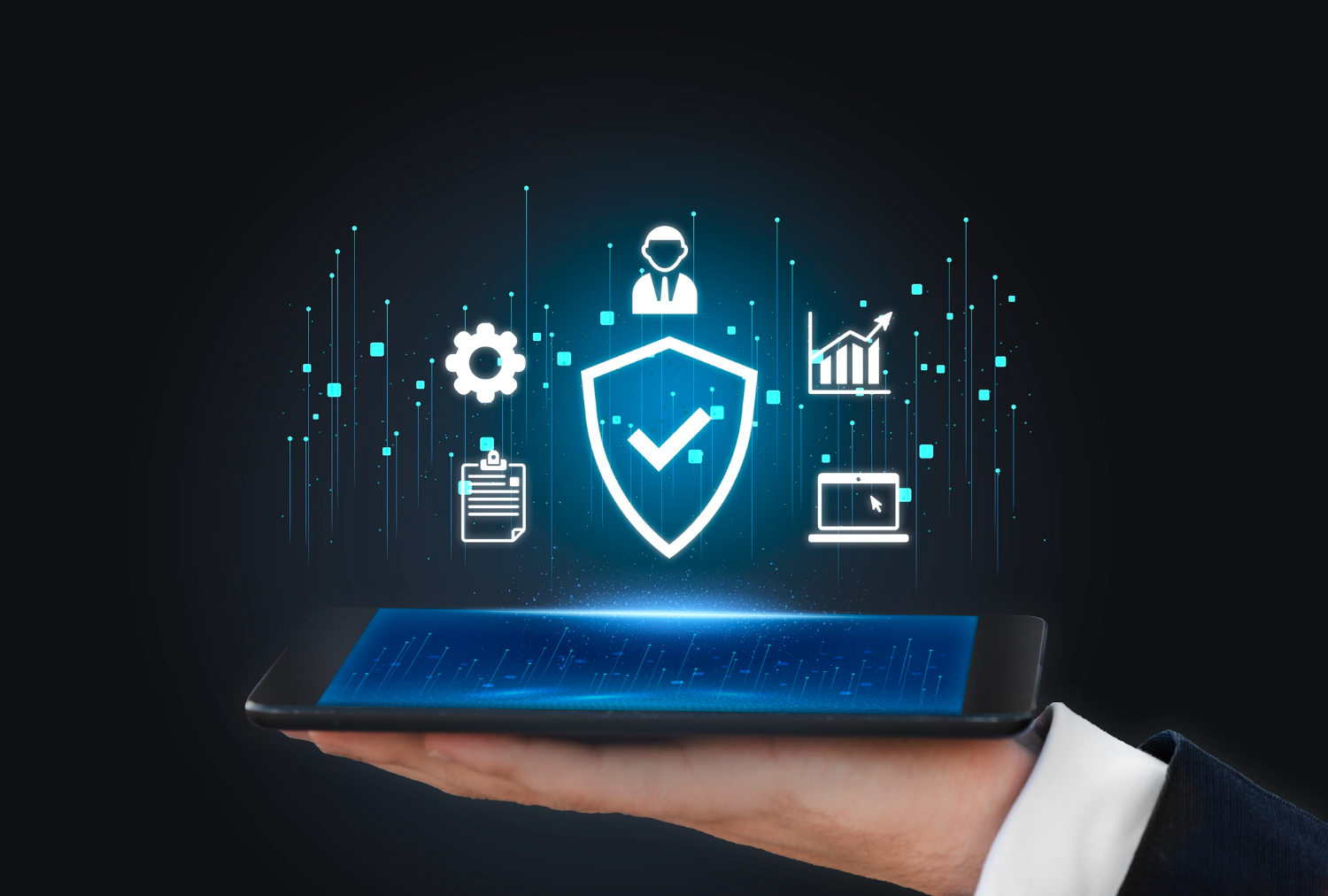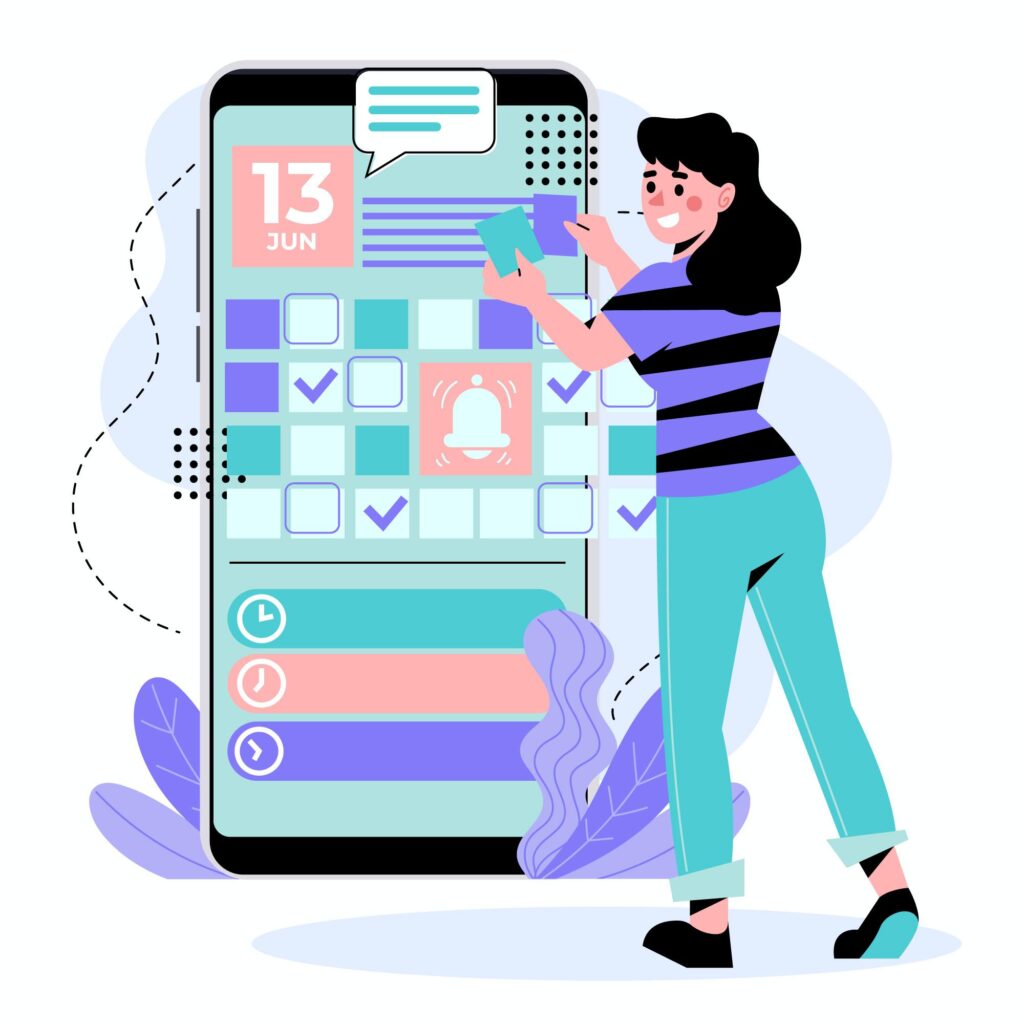Mobile applications have become an integral part of our daily lives. We use them for everything, from communication and entertainment to shopping and banking. With such a heavy reliance on mobile apps, it’s crucial to ensure that these apps are secure and protect user data. In this blog, we’ll explore the best practices for mobile app development security, helping you safeguard your app and its users.
The Importance of Mobile App Security
Mobile app security is a critical concern for developers and users alike. An insecure app can lead to data breaches, financial loss, and damage to your reputation. With cyber threats on the rise, protecting your mobile app should be a top priority. Here are some reasons why mobile app security is crucial:
1. Protecting User Data
Mobile apps often collect and store sensitive user data, including personal information, financial details, and location data. A security breach can expose this information, leading to identity theft and other privacy issues.
2. Maintaining User Trust
Users trust that the apps they use will keep their data safe. A security incident can erode this trust and cause users to abandon your app in favor of a more secure alternative.
3. Compliance with Regulations
Many regions have data protection regulations, such as GDPR in Europe and HIPAA in the United States. Non-compliance can result in hefty fines and legal consequences.
4. Preventing Financial Loss
Security breaches can lead to financial losses through various means, including fraudulent transactions, lawsuits, and damage to your brand’s reputation.
Now that we understand the importance of mobile app security, let’s delve into the best practices to ensure your app is as secure as possible.
Best Practices for Mobile App Development Security
Secure Coding Practices
Writing secure code is the foundation of mobile app security. Developers must follow best practices for secure coding, such as input validation, code reviews, and avoiding hard-coded credentials. They should also be aware of common vulnerabilities like SQL injection, cross-site scripting (XSS), and insecure deserialization.
Authentication and Authorization
Implement strong user authentication mechanisms and use multi-factor authentication where possible. Ensure that users can only access the data and features they are authorized to use.
Data Encryption
Use encryption to protect data both in transit and at rest. Implement protocols like HTTPS for data transmission and encryption algorithms for data storage. Consider using dedicated encryption libraries and tools.
Secure APIs
If your app relies on APIs to communicate with servers or third-party services, secure these APIs. Use authentication tokens, rate limiting, and input validation to prevent unauthorized access or abuse.
Regular Security Testing
Perform regular security assessments, including penetration testing and code reviews. These tests can identify vulnerabilities and weaknesses in your app’s security.
Secure Backend
Your app’s server-side components must be as secure as the client-side. Ensure that your server is patched and updated regularly, uses secure configurations, and follows best practices for server security.
App Transport Security (ATS)
Implement ATS to enforce best practices for secure network connections. ATS enforces the use of HTTPS, which helps protect data in transit from eavesdropping and man-in-the-middle attacks.
Secure Storage
Safeguard data stored on the device, such as user credentials and sensitive information. Use encryption to protect data stored in the app’s local storage or databases.
Code Obfuscation
Implement code obfuscation techniques to make it harder for attackers to reverse engineer your app. This can help protect your app’s logic and sensitive data.
Secure Updates
Ensure that your app can receive and install updates securely. Regular updates should include security patches to address new vulnerabilities.
User Education
Educate your users about security best practices. Encourage them to use strong, unique passwords, enable device security features like screen locks, and keep their apps and devices up to date.
Monitoring and Incident Response
Implement continuous monitoring and a well-defined incident response plan. Being able to detect and respond to security incidents quickly can minimize the impact of a breach.
Compliance with Regulations
If your app processes sensitive data, make sure it complies with relevant data protection regulations. Consult legal experts to ensure that you are following the law.
Third-Party Components
Be cautious when using third-party libraries and components in your app. Keep them updated and monitor security advisories for any vulnerabilities that might affect your app.
Security Updates
React promptly to security vulnerabilities in your app or any third-party components it relies on. Issue security updates to fix these vulnerabilities and notify your users about the updates.
App Permissions
Request only the necessary permissions from users. Unnecessary access to device features can lead to security risks. Explain to users why you need specific permissions to build trust.
Offline Data Protection
Implement measures to protect data even when the device is offline. Encryption and secure storage practices should extend to offline data as well.
Conclusion
Mobile app security is not something to be taken lightly. Protecting user data and maintaining their trust should be paramount in your development process. By following the best practices outlined in this blog, you can significantly enhance the security of your mobile app. Keep in mind that security is an ongoing process, and staying vigilant in the face of evolving threats is essential. Always prioritize the security of your app and the privacy of your users, and you’ll be on the right path to success in the mobile app development world.



